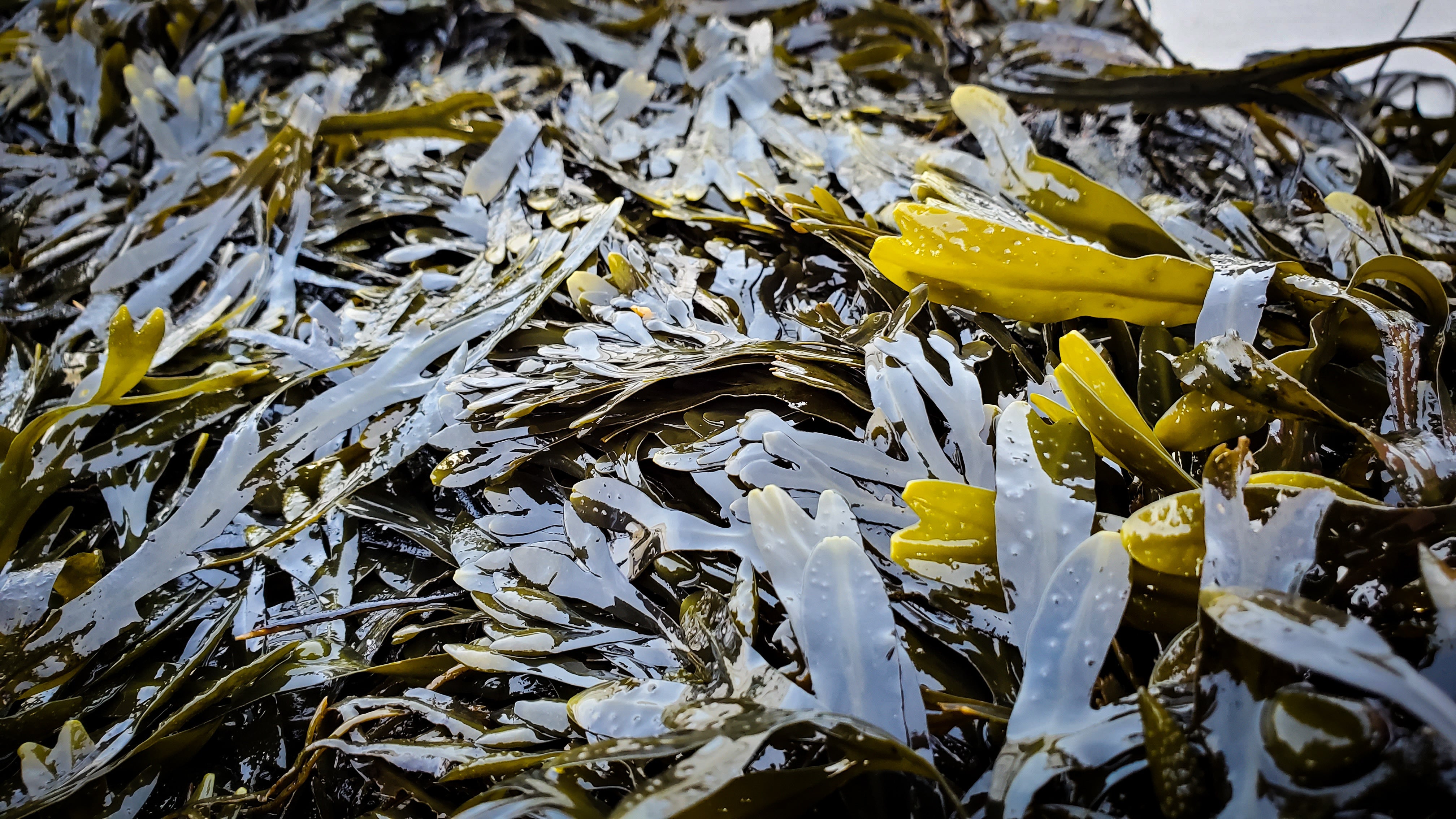What is hydrotherapy?
Hydrotherapy is a popular form of alternative medicine that uses water to relieve muscle soreness and the discomforts of arthritis and rheumatism, or to treat skin conditions such as eczema, psoriasis, and acne. Hydrotherapy can involve water jets, underwater massage, or mineral baths, and it usually uses very warm or cold water, or both, to stimulate blood flow and to open or close skin pores. Hot water is generally recommended for improved cardiovascular, muscle, and joint health, while cold water is recommended for better circulation and relief from pain and bothersome skin conditions such as psoriasis and shingles.
Hydrotherapy has a very old history dating back to ancient Roman, Greek, Egyptian, Chinese, and Japanese civilizations. Flowers, essential oils, and mineral salts were frequently added to hot or cold-water baths to promote health and well-being. Hydrotherapy became extremely popular in Europe in the 18th and 19th centuries, when it was often known as the water-cure. Hydropathic clinics were established throughout the United Kingdom, other parts of Europe, and the United States. Some of these establishments were quite large, catering to many thousands of people each year for weeks at a time. The water-cure could be quite a lucrative business!
In the United States, there were more than 200 water-cure establishments in the 1800’s, mostly in the Northeast. Many were centered around natural mineral springs such as Clarendon Springs in Vermont. The story goes that in 1776, a Clarendon resident named Asa Smith, who suffered from cancer, saw in a dream the health-restoring properties of the mineral springs located in the wilderness on the other side of town. He was inspired to soak in the springs and after several months his cancer was cured. Their fame grew when another man named Shaw was also cured of cancer by applying white clay from the springs to his skin. The land surrounding the springs was later purchased by Richard Murray, who built a large hotel called the Clarendon House and made the village a popular hydrotherapy health resort.
What is Thalassotherapy?
Mineral salts and botanicals are often included in hydrotherapy to augment the natural healing properties of water. Thalassotherapy is a form of seawater hydrotherapy, often with seaweed or other marine biologics included. This makes sense considering that seaweed has high mineral and iodine content. As minerals and iodine leach from the seaweed into the water, they create a bath richer in minerals than that of many natural mineral springs. The iodine adds antiseptic properties, and seaweed also contributes unique, gel-like polysaccharides with skin soothing properties to the water.
The term thalassotherapy was coined by Dr. de La Bonardhiere in the late 1800’s from the Greek word “thallasa” meaning sea, and “therapeia”, to heal. The underlying principle is that our skin absorbs minerals from seawater and marine plants and stores them in lower skin layers, where they can be released into the bloodstream. Thalassotherapy usually takes place in coastal seawater spas. Some of the most famous seawater spas were located in France, Ireland, and Great Britain. Spa visitors reported relief from a variety of ailments, including rheumatism, arthritis, muscle aches, skin conditions, and even respiratory ailments.

Today, thalassotherapy is touted as being helpful when it’s incorporated into a ‘detox’ program. The detoxifying powers of hydrotherapy are said to occur through increasing the circulation and clearance of our main organs of detoxification: the skin, kidneys, colon, lymphatic system and liver. Just the simple act of incorporating self-care and self-pampering into our daily routine helps calm the mind and cleanse us of mental and emotional toxins as well as physical ones.
Most of the thalassotherapy spas of the 19th century are gone but a few remain, especially in France and Ireland. Over 500,000 people still visit French seawater spas to this day. There is now even an organization called the International Federation of Thalassotherapy (Mer et Sante), which was incorporated in 1986 and establishes standards for thalassotherapy spas. In the United States, the only spa that’s said to meet these standards is the seawater spa at Gurney’s Montauk Resort (though it’s not a member of the Federation and we don’t know if they still use seaweed).

Bladderwrack (Fucus spp.) and rockweed (Ascophyllum nodosum) are two of the most popular seaweeds used in thalassotherapy, though other species can also be included. Bladderwrack and rockweed are readily gathered from along rocky coastlines and both are rich in minerals and iodine.
If you’ve ever handled fresh bladderwrack or rockweed, you will have no doubt noticed the somewhat slippery texture, which comes from seaweed polysaccharides such as alginic acid and fucoidan. These polysaccharides have anti-oxidant activity and studies show they can promote collagen synthesis in the skin, which may help increase skin healing and delay premature aging. Bladderwrack and rockweed also contain phlorotannins, polyphenol compounds with antioxidant and anti-inflammatory properties that have been shown in studies to reduce redness and irritation in inflamed skin.
Five Essential Ingredients for a seaweed bath
While visiting a thalassotherapy spa located along the beautiful Irish west coast or some other exotic locale may be bucket list worthy, the next best thing is to create a thalassotherapy spa in the comfort of your own home. This can be done with just few simple ingredients: dried seaweed, a mesh bag (advisable for keeping seaweed out of the drain), Epsom salt or bath salts, hot water, and (of course) a tub. Candles and relaxing music are optional but highly recommended for ambience!
- Seaweed. If you live on the coast, you can probably gather fresh bladderwrack, rockweed, or a close relative for your seaweed spa (gather live seaweed from where it grows, not the cast-ashore wrack!), but for most people, dried seaweed is more convenient. Also, with just a little foresight dried seaweed can be available whenever the mood strikes. We recommend dried bladderwrack or rockweed, but most forms of raw (uncooked/toasted) seaweed can also be used. Bladderwrack leaf or rockweed leaf in bulk packaging (1lb, 2lb, or 5lb) is the most economical approach if you plan on taking seaweed baths on a regular basis, but an 8oz bag should be enough for four baths (2oz per bath). Whole fronds can be used without enclosing them in a bag and many people enjoy the sensation. Flakes or powder offer more surface area and release more minerals and iodine per unit weight, but definitely should be enclosed in a mesh bag.
- Mesh bag. A mesh bag is advisable if you want to add seaweed directly to the bathwater without clogging the drain and don’t want to have to remove pieces of seaweed from the tub afterwards. Think of it as a seaweed tea bag. Coarse weave muslin bags, cheesecloth, or biodegradable mesh bags are all options. Fill the bag just halfway, because dried seaweed expands as it absorbs water! The seaweed should be discarded after each use and preferably composted. Mesh bags can be reused or thrown in the compost if they’re biodegradable. Another approach is to steep the seaweed in about 1 gallon of water on the stovetop, just below boiling for about 20 minutes. Strain the seaweed and add the steeped solution to the bath. Either way, the bathwater should be a beautiful golden amber once it’s infused with seaweed.
- Epsom salt or your favorite bath salts. Epsom salt is simply magnesium sulfate, a pure, naturally occurring compound with dozens of uses. People have used Epsom salt for centuries as a natural pain remedy, and an Epsom salt bath leaves skin soft and smooth. There seems to be synergy between Epsom salt and seaweed that magnifies the powers of both. The Epsom Salt Council (there’s a group for just about everything!) offers several Epsom salt bath recipes and recommends adding about ½ cup as you fill the bath.
- Hot water. Just like Goldilocks and the Three Bears, we all have a bath temperature that’s just right for us. When taking a seaweed bath, though, you want to fill the tub about halfway with the hottest water you can if you’re adding seaweed directly to the bath. Scalding hot is preferable. Allow the seaweed to steep in the hot water for about 10-20 minutes, and then readjust the temperature as needed. Cold seawater baths are invigorating but not for the faint of heart! Some healers recommend soaking in hot water and then rinsing in cold. Leave the seaweed in as you bathe. If your water supply is chlorinated, we advise neutralizing the chlorine before adding seaweed and bathing. Chlorine compounds can adversely react with seaweed compounds, and many healers advise de-chlorination even when you don’t add seaweed to the bath. This can be done the expensive way with a whole house filter (which many believe is a sound investment for health), or for less cost by adding vitamin C (ascorbic acid) to the water. Numerous websites offer advice on how to de-chlorinate bath water…this site by Corinne Roth Wellness covers the topic well.
- The tub. Obviously, a must, and there’s not much to add to the topic except for those of you with a country homestead. It’s hard to beat the pleasures of an outdoor seaweed bath in a wooden barrel or “hippie hot tub”, which is simply a wood fire heated steel or galvanized tub. As added bonuses, you don’t have to worry about clogging the drain and the bathwater can be used to water and fertilize your gardens. Seaweed adds essential ocean minerals to the soil and, if you included Epsom salt, you’ll add additional magnesium and sulfate, two essential nutrients that help seeds germinate, make plants grow bushier, produce more flowers, increase chlorophyll production and deter pests such as slugs and voles.
If you purchase seaweed from us to enjoy in a seaweed spa, don’t forget that all of our seaweed is edible grade culinary quality and can be used in a variety of recipes. Whole leaf bladderwrack and rockweed make delicious umami broths and add flavor and nutrition to soups (most people remove the fronds before eating). They can also be ground into flakes or powder in a spice grinder or food processor and used by the teaspoon in smoothies or other recipes.
And of course, if it’s good in the bath it’s also good in skin nurturing cosmetics such as creams and soaps. The seaweed soaps made by our friends & neighbors at Dulse and Rugosa are the perfect accompaniment to your seaweed spa!



